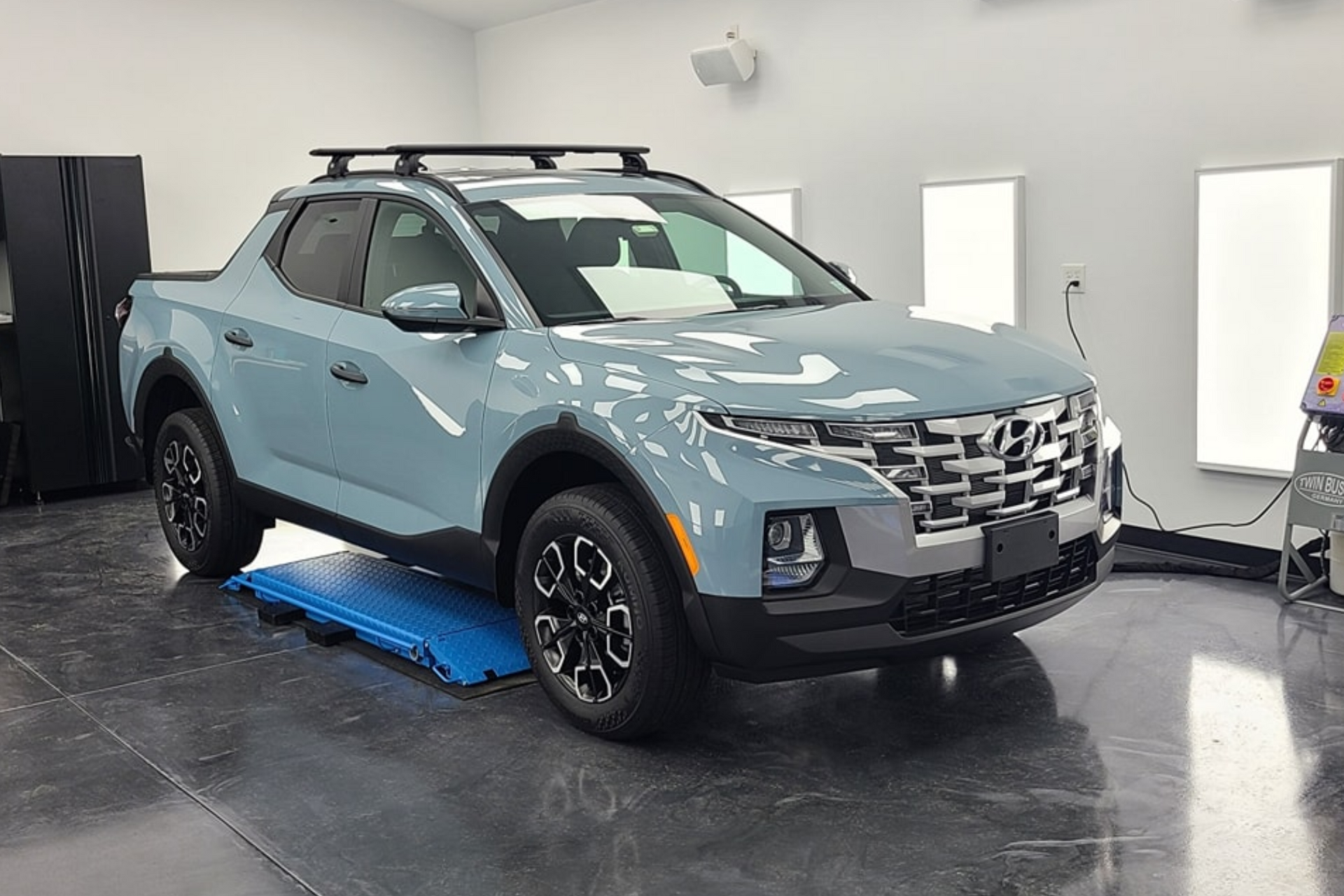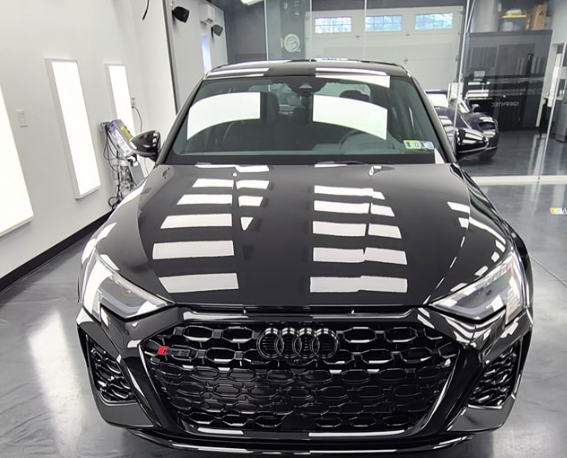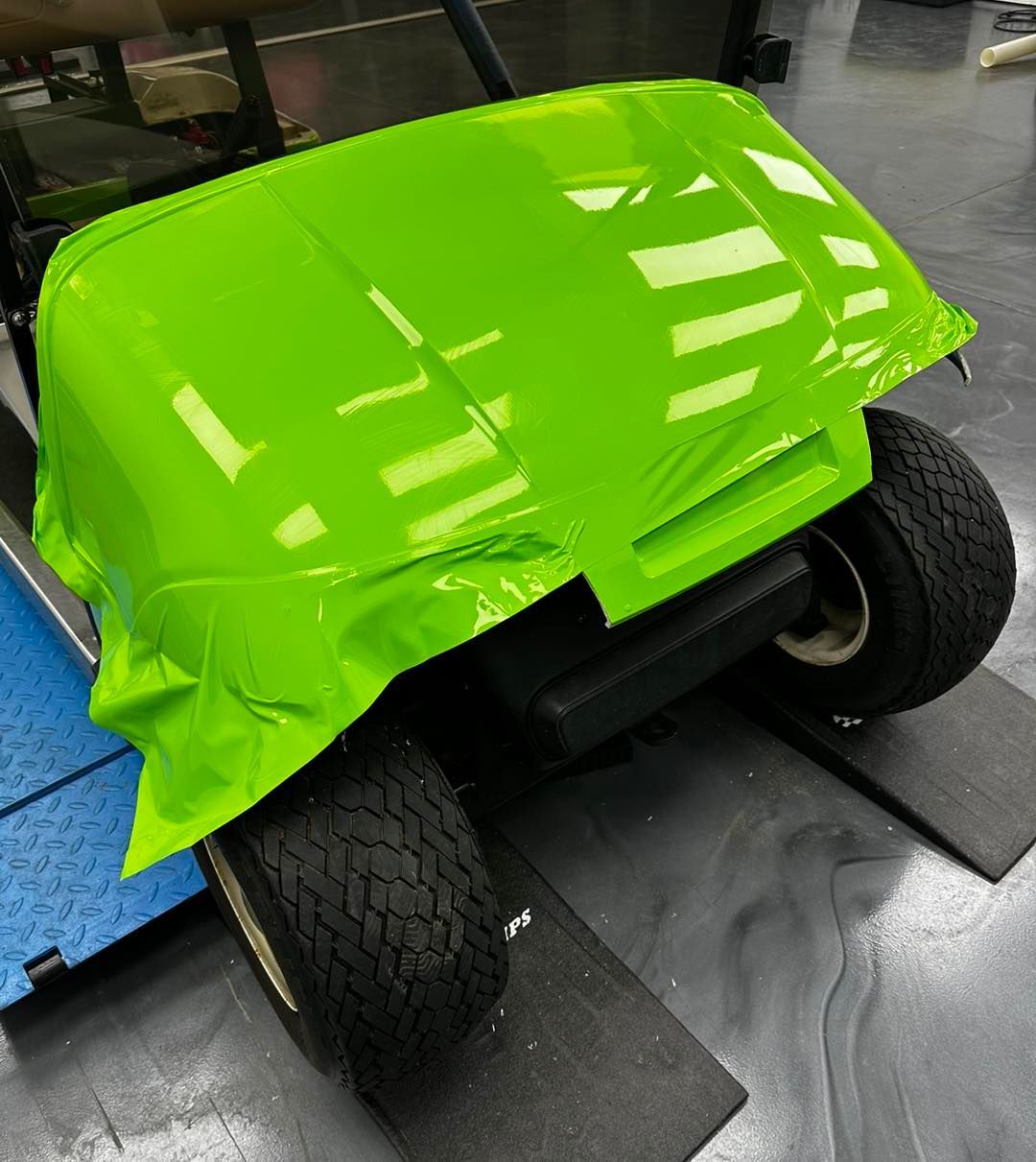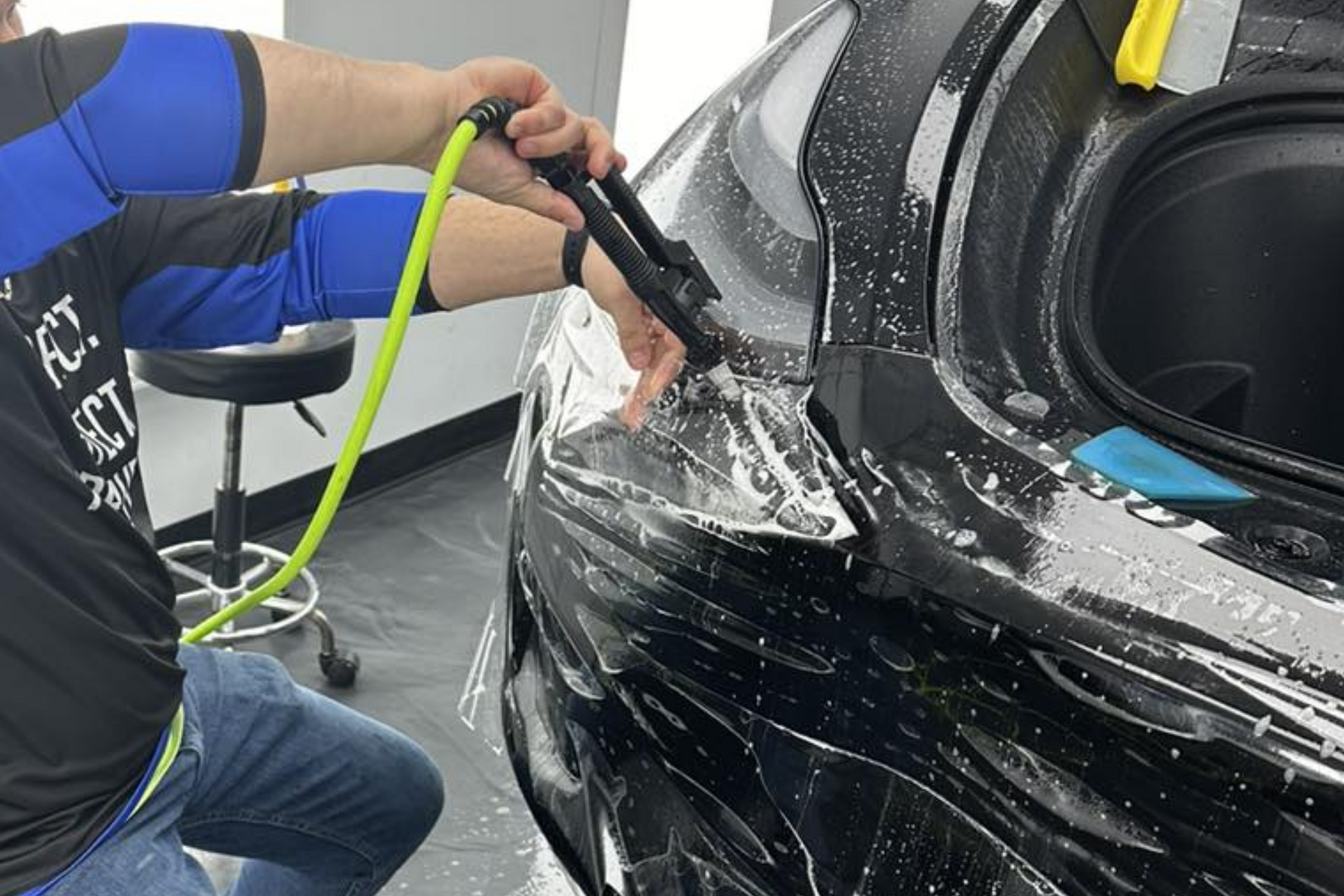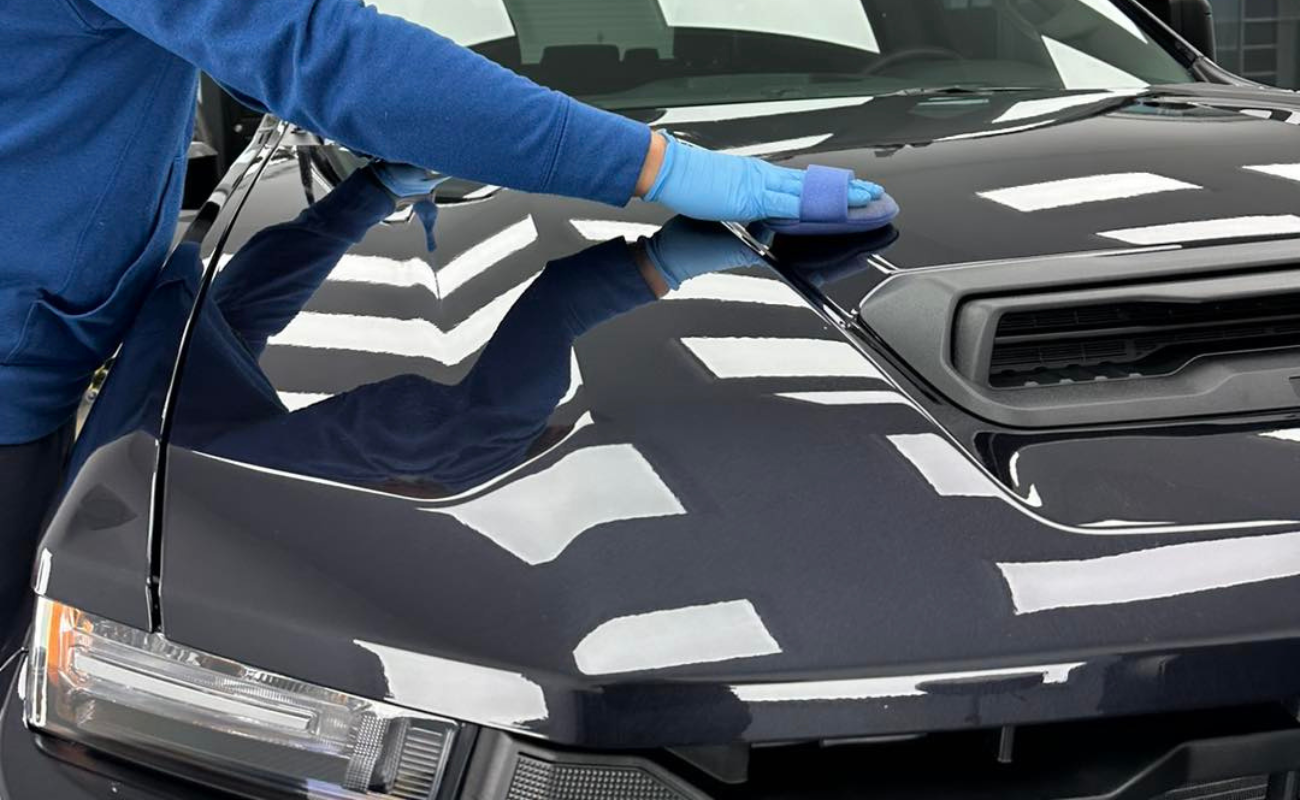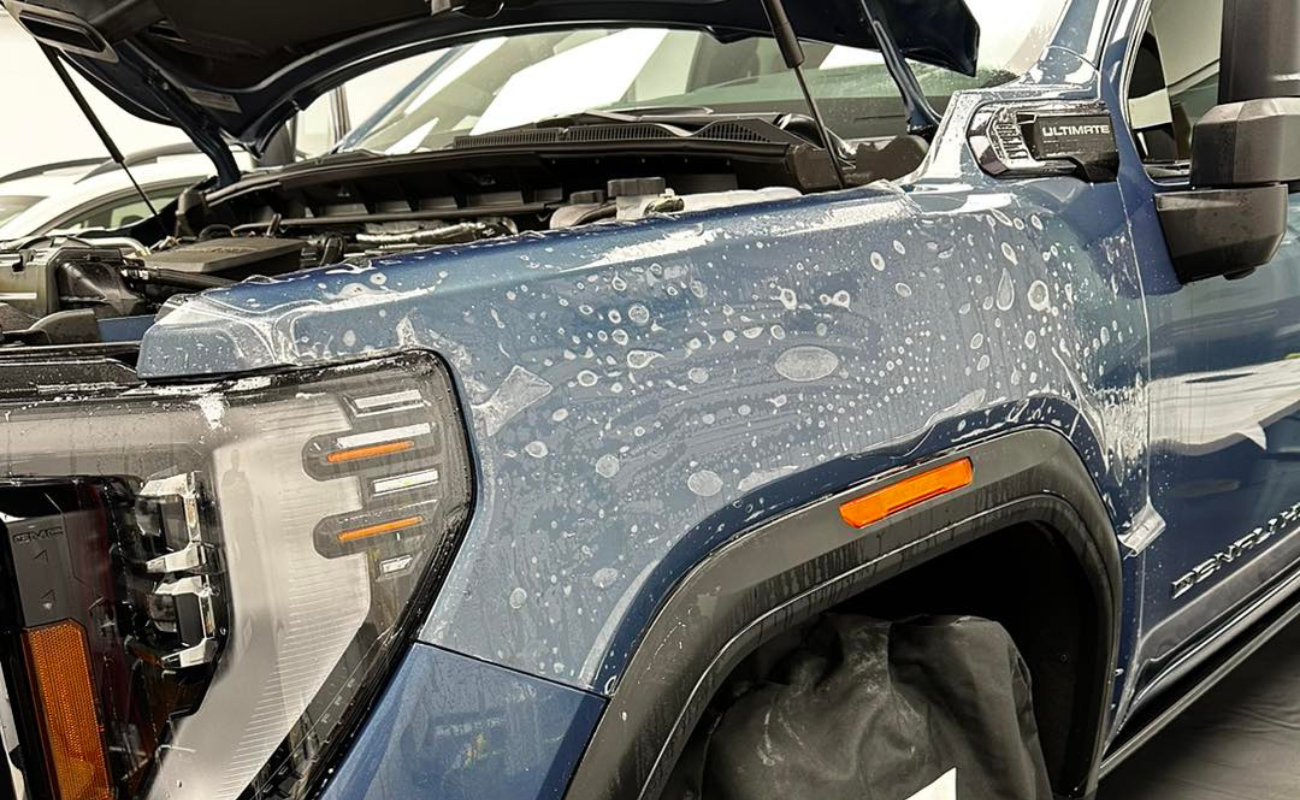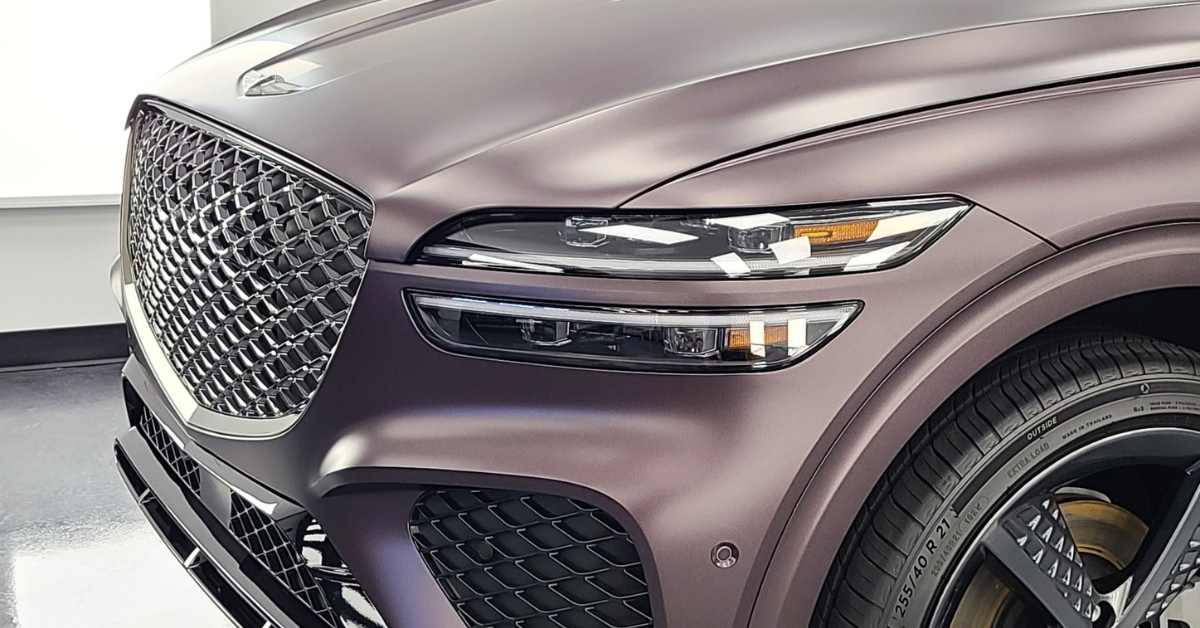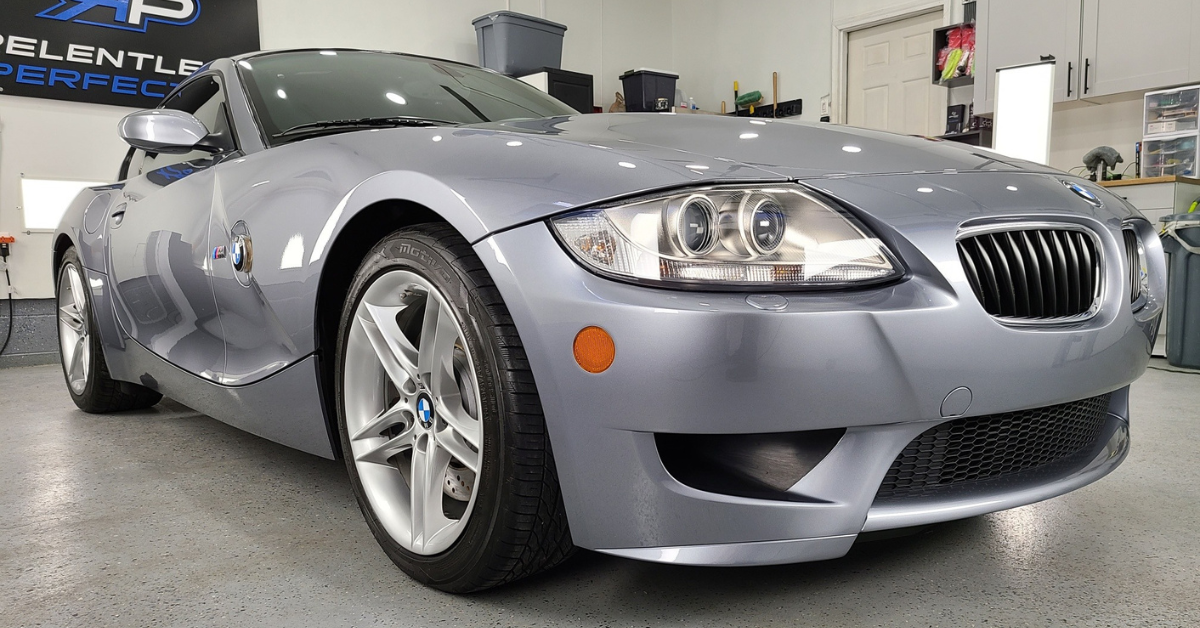When to Reapply Ceramic Coating: Signs Your Car Needs a Refresh
If you notice your car’s once vibrant paintwork starting to fade and lose its shine, it might be time to think about reapplying ceramic coating. However, there are other subtle signs that your coating needs a refresh, indicating potential vulnerabilities in your car’s protection. Understanding these signs can help you maintain your vehicle’s appearance and value over time.
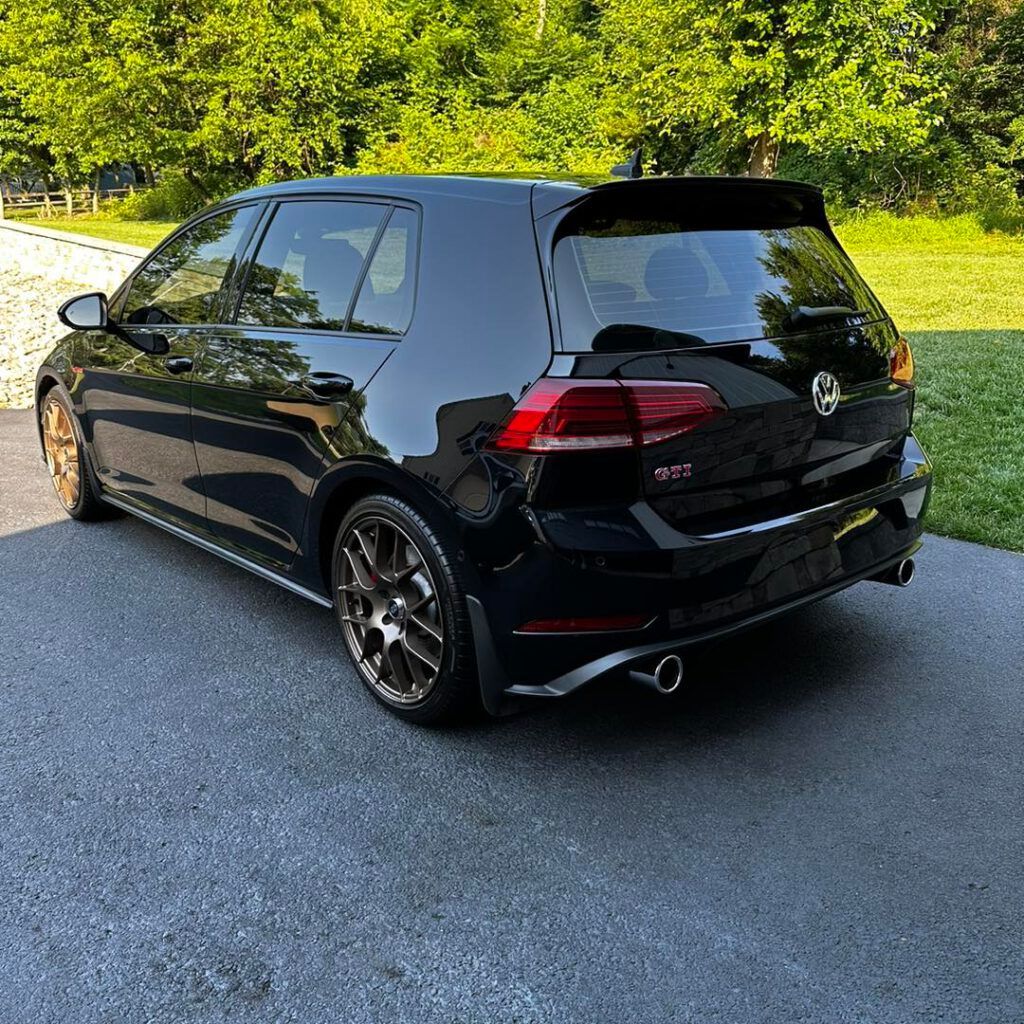
Key Takeaways
- Loss of water beading and hydrophobicity.
- Increased dirt adhesion and swirl marks.
- Fading paintwork and lack of gloss.
- Patchy coating and dull appearance.
- Regular monitoring for signs of deterioration.
Fading Paintwork
To address fading paintwork, thoroughly evaluate the extent of the deterioration before proceeding with reapplying the ceramic coating. Fading paint is a common issue caused by UV exposure, environmental contaminants, and aging. When the paintwork starts to lose its luster and vibrancy, it’s a sign that the protective layer is degrading, leaving your vehicle vulnerable to further damage.
To prevent this, you need to initiate a restoration process that involves evaluating the damage, prepping the surface, and applying a new layer of ceramic coating for best paint protection.
During the restoration process, it’s vital to inspect the paint thoroughly to identify any scratches, swirl marks, or oxidation that may require correction before reapplying the ceramic coating. By addressing these imperfections, you ensure a smooth and flawless finish that enhances the overall appearance of your vehicle.
Additionally, proper surface preparation, including thorough cleaning and decontamination, is essential to guarantee maximum adhesion of the new coating.
Once the surface is properly prepped, apply the ceramic coating following the manufacturer’s instructions to achieve the finest results. This protective layer will restore the shine and depth of your paint and provide long-lasting protection against UV rays, chemicals, and contaminants.
Water Beading Loss
Evaluate the water beading loss on your ceramic-coated vehicle to determine the extent of protection degradation. Water beading, a result of the ceramic coating’s hydrophobic properties, indicates how well the coating is functioning. If you notice the water no longer beads up and sheets off the surface, it might be time for a refresh. Here are some key points to keep in mind:
- Water Repellency: The primary benefit of ceramic coatings is their ability to repel water effectively. When the water beading diminishes, it means the coating is losing its hydrophobic properties. Regularly inspect your vehicle after washing to see if the water continues to bead up or if it spreads out on the surface.
- Maintenance Tips: To maintain peak water beading, wash your ceramic-coated car regularly using a pH-neutral shampoo. Avoid abrasive cleaning tools that could damage the coating. Additionally, consider using a ceramic coating maintenance spray to enhance hydrophobic properties between reapplications.
- Reapplication Process: When you observe significant water beading loss, it may be time to reapply the ceramic coating. The reapplication process involves thoroughly cleaning and decontaminating the vehicle’s surface before applying a new layer of ceramic coating. Following the manufacturer’s guidelines for application and curing times is essential to guarantee the coating’s effectiveness.
Increased Dirt Adhesion
Observing an increase in dirt sticking to your ceramic-coated vehicle indicates a potential decline in the coating’s protective abilities. When dirt begins adhering more firmly to your car’s surface, it’s a clear indication that your ceramic coating may be losing its effectiveness. This heightened sticking can be attributed to a combination of environmental elements and the wear and tear that the coating undergoes over time.
Adhering to a regular upkeep schedule is essential to address the rise in dirt adhesion. Consistently washing your vehicle using appropriate cleaning techniques can help prevent excessive dirt accumulation and extend the lifespan of your ceramic coating. Avoid using strong chemicals or rough materials that can remove the protective layer, and choose mild cleaning solutions recommended for ceramic-coated cars.
Environmental elements like exposure to contaminants, UV rays, and unfavorable weather conditions can speed up the breakdown of your ceramic coating, leading to increased dirt adhesion. To counter these impacts, think about parking your car in shaded spots or utilizing a car cover when not in use to shield it from severe elements.
If you notice a notable increase in dirt adhesion despite following a diligent cleaning regimen, it may be time to contemplate reapplying the ceramic coating to renew your vehicle’s protection and luster.
Regular upkeep and awareness of these elements can help you maintain your ceramic-coated car’s optimal appearance.
Swirl Marks Appearance
When reapplying ceramic coating, it’s important to assess the severity of swirl marks on your vehicle’s surface. These marks can impact the overall shine of the coating, affecting the aesthetics of your car.
Consider the time between applications to make sure swirl marks are minimized and your ceramic coating maintains its pristine look.
Swirl Marks Severity
To determine the severity of swirl marks on the ceramic coating, closely inspect the surface under direct lighting for visible imperfections.
Here’s how to assess the severity of swirl marks:
- Depth of Swirl Marks: Use your fingertips to feel the swirl marks. If they’re shallow and barely noticeable, the severity may be low. Deeper swirl marks that you can feel with your nails indicate a higher severity level that might require professional repair.
- Coverage Area: Check the percentage of the surface covered by swirl marks. If they’re isolated to small sections, the severity is lower. Widespread coverage across the coating indicates a higher severity level, necessitating immediate attention.
- Visibility in Different Lighting: Examine the swirl marks under various lighting conditions. If they’re only visible in direct sunlight or at specific angles, the severity may be lower. Swirl marks that are prominent under all lighting conditions suggest a higher severity level, requiring immediate swirl marks repair or protection.
Impact on Shine
The presence of swirl marks on your ceramic coating can greatly diminish the overall shine and appearance of your vehicle’s surface. These marks, often caused by improper washing techniques or contact with abrasive materials, can detract from the gloss enhancement achieved through ceramic coatings.
When swirl marks mar the surface, the reflection of light becomes distorted, impacting the shine preservation that ceramic coatings are designed to provide. These imperfections affect the aesthetics of your vehicle and compromise the paint protection offered by the coating, reducing its surface longevity.
Addressing swirl marks promptly is essential to maintaining your car’s pristine look and ensuring that the ceramic coating continues to perform at its best. Regular inspections and professional detailing can help identify and correct these imperfections.
Time Between Applications
Swirl marks can reappear on your ceramic coating surface over time, prompting reflection on the ideal interval between coating applications for maintaining a flawless finish. To ensure your high-quality ceramic coating continues to safeguard your car effectively, it’s essential to comprehend the factors influencing the reappearance of swirl marks and the best timing for reapplication.
Here are three key aspects to ponder:
- Application Frequency: The frequency at which you should reapply ceramic coating depends on various factors, such as the type of coating used, environmental conditions, and your driving habits. Generally, experts recommend renewing the ceramic coating every 1 to 2 years to prevent swirl marks and preserve the glossy finish.
- Longevity: The longevity of ceramic coatings can vary depending on the quality of the product and how well it was initially applied. High-quality coatings may last longer, reducing the frequency of reapplications needed to prevent swirl marks.
- Optimal Timing: Observing your coating’s performance is vital. If you start noticing swirl marks or a decrease in water-beading capabilities, it might be time to schedule a reapplication to maintain the coating’s protective properties and appearance.
Lack of Gloss
If you notice a lack of gloss on your ceramic-coated surface, it may be due to a dull appearance and faded shine. This can happen over time as the coating wears down or is exposed to harsh conditions. Relying on the ceramic coating and following proper application techniques are essential to restore the vibrant gloss.
Dull Appearance
Consider addressing the lack of gloss by buffing the surface with a suitable abrasive compound. When your car’s appearance lacks the vibrant shine it once had, dullness could be a sign that your ceramic coating needs attention.
Here are three key steps to revive your car’s dull appearance:
- Refinishing Techniques: Use a mild abrasive polish to gently remove any surface imperfections that may be causing the dullness. Guarantee the polish is suitable for use on ceramic coatings to avoid damaging the protective layer.
- Professional Restoration: If the dullness persists even after polishing, consider seeking professional restoration services. Professionals have the expertise and tools to assess the coating’s condition accurately and restore its original glossy finish effectively.
- Coating Application: After addressing the dullness, consider reapplying a fresh layer of ceramic coating to enhance and protect the paintwork. Proper application is essential for achieving a long-lasting glossy appearance and maintaining the coating’s protective properties.
Faded Shine
To address the issue of faded shine, inspect the ceramic coating’s protective layer for signs of wear or degradation that may be compromising the glossiness of your vehicle’s surface. Faded shine is often a result of environmental factors, improper care, or aging of the coating. If you notice a lack of luster or a dull appearance on your car’s surface, it’s time to contemplate restoring the shine through a maintenance process.
The restoration process for faded shine involves thorough cleaning to remove any contaminants that may be dulling the surface. After cleaning, you may need to apply a ceramic coating booster or a spray sealant to revive the glossiness of the coating.
Regular maintenance tips such as washing your car with pH-neutral shampoo, using a dedicated ceramic coating maintenance spray, and avoiding harsh chemicals can help prolong the shine of your ceramic coating.
Stained Surfaces
Inspect the stained areas thoroughly to identify the extent of the discoloration before proceeding with reapplying the ceramic coating. Stains on your car’s surface can be caused by various factors like water spots, bird droppings, or tree sap.
Here’s what to look for:
- Type of Stain: Different stains require specific treatment methods. Water spots may need a mild acidic solution, while bird droppings could require a gentle rubbing with a microfiber cloth. Identifying the stain type is vital for effective removal before applying a new ceramic coating.
- The Extent of Damage: Check the depth of the stain to determine if it has affected the clear coat or is only on the surface. Deep stains that have affected the clear coat might require color restoration and ceramic coating to ensure a smooth finish.
- Surface Preparation: Before reapplying the ceramic coating, thoroughly clean and decontaminate the stained areas. Use a clay bar to remove any embedded contaminants and polish the surface if necessary to enhance adhesion. Proper surface preparation is crucial for the new ceramic coating to bond effectively and provide long-lasting surface protection.
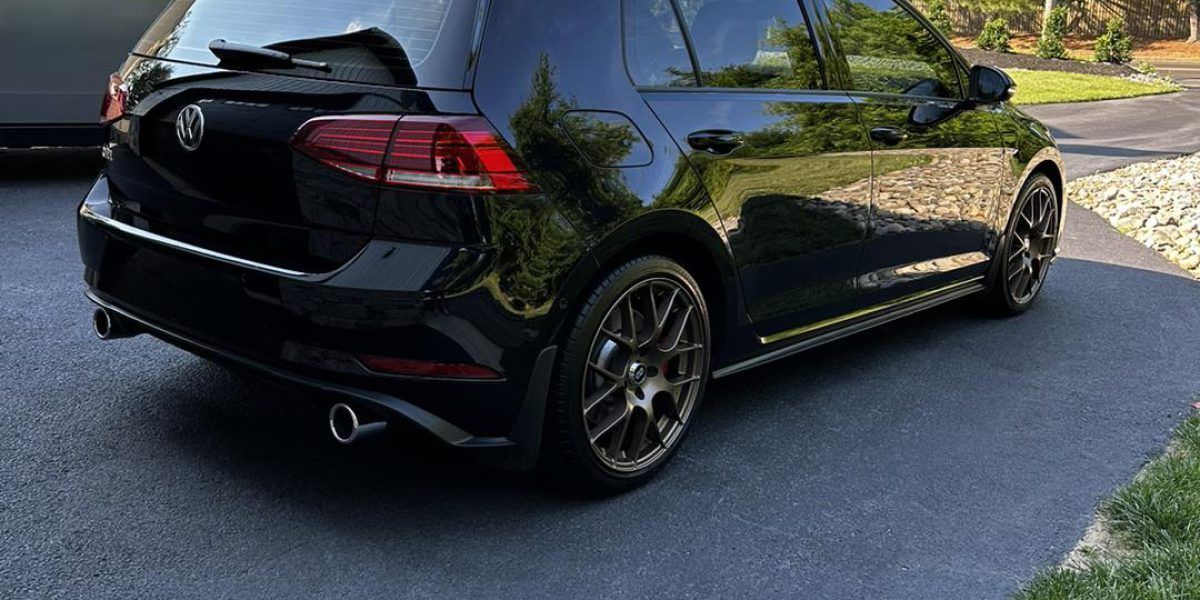
Surface Roughness
When evaluating the surface roughness of a ceramic coating, it serves as a key indicator of wear and loss of smoothness. The texture may feel significantly different to the touch, highlighting the need for reapplication to restore ideal protection and aesthetics.
Roughness Indicates Wear
An increase in surface roughness on the ceramic coating can serve as a clear indicator of wear and potential degradation of the protective layer. When your ceramic coating starts to feel rough to the touch, it’s a sign that the coating’s surface smoothness has been compromised, impacting its ability to protect your vehicle effectively.
Here are three key points to ponder regarding roughness indicating wear:
- Abrasion: Continuous exposure to environmental elements and regular washing can lead to abrasion on the ceramic coating, causing it to lose its smoothness over time. This abrasion weakens the coating’s protective capabilities and signals the need for a refresh.
- Chemical Interaction: Harsh chemicals in some car wash soaps or environmental pollutants can react with the ceramic coating, resulting in a rough texture. This chemical interaction affects the surface smoothness and indicates a decrease in coating durability.
- Physical Damage: Scratches, swirl marks, or other physical damage on the ceramic coating can contribute to increased roughness. These damages compromise the coating’s integrity, reducing its effectiveness in safeguarding your car’s paint.
Loss of Smoothness
Loss of smoothness in a ceramic coating typically signifies a decline in its protective efficacy and may necessitate reapplication to maintain peak performance. When the surface starts showing signs of imperfections or feels rough to the touch, it indicates potential durability concerns.
A well-maintained ceramic coating should exhibit a high gloss retention level, ensuring a visually appealing finish and superior protective benefits to your vehicle’s paintwork.
Surface imperfections such as swirl marks, scratches, or a general lack of smoothness can compromise the coating’s ability to repel dirt, water, and other contaminants effectively. These imperfections may indicate that the ceramic coating’s protective layer has worn down over time, leaving the underlying paint vulnerable to damage from environmental factors.
To restore the coating’s protective qualities and rejuvenate its smooth finish, reapplication is essential in maintaining the longevity and effectiveness of the ceramic coating on your vehicle.
Texture Feels Different
Experiencing a noticeable change in texture, such as surface roughness, indicates a potential degradation in the ceramic coating’s protective integrity. When your car’s surface feels rough to the touch, it could be a sign that the ceramic coating is no longer providing the smooth and glossy finish it once did.
Here are three key indicators to help you recognize this issue:
- Surface Imperfections: If you run your hand over the car’s paint and notice small bumps, scratches, or rough patches, these imperfections suggest that the ceramic coating may have worn off in those areas, leaving the paint vulnerable to damage.
- Color Changes: A shift in the color intensity or hue of the paint can signal that the ceramic coating is no longer effectively protecting the surface. This change in color may indicate that the coating has degraded, allowing external elements to affect the paint.
- Uneven Texture and Gloss Loss: When the previously smooth surface becomes uneven and loses its glossy appearance, it’s a clear indication that the ceramic coating’s protective qualities have diminished. This loss of glossiness usually accompanies a rougher texture, highlighting the need for a coating refresh.
Reduced Hydrophobicity
If you notice a decrease in water beading on the surface of your vehicle after applying ceramic coating, this could indicate reduced water repellency. Reduced water repellency means that the surface is less able to repel water effectively, leading to water spreading out rather than forming beads.
This can be caused by various factors, such as surface contamination or improper maintenance.
Surface contamination, like dirt, dust, or other pollutants, can build up on the ceramic coating over time, diminishing its water-repellent properties. Proper maintenance is essential to maintain the effectiveness of the ceramic coating.
Regularly washing your car using the correct techniques and products can help prevent the buildup of contaminants that may compromise the water-repellency of the coating.
You may need to consider reapplying your ceramic coating to restore its water-repellency. Before doing so, ensure the surface is thoroughly cleaned and decontaminated to allow the new coating to bond effectively and provide optimal water-repellent properties.
Patchy Coating
Are you noticing inconsistent or patchy areas on your ceramic-coated surface? Patchy coating can be a common issue when the ceramic coating starts to degrade or wear off. This can happen due to various factors such as improper application, exposure to harsh elements, or simply the passage of time. If you see these patchy areas on your car’s surface, it may be time to take action to uphold the protective layer.
Here are some key points to bear in mind when dealing with patchy coating:
- Touching up: It’s feasible to touch up these patchy areas to restore the ceramic coating’s effectiveness. This involves carefully reapplying the ceramic coating to the affected spots. Make sure to follow the manufacturer’s instructions for the best results.
- Regular Maintenance: Consistent care is crucial to prevent patchy coating in the future. Regularly washing and maintaining your ceramic-coated surface can help prolong its lifespan and keep it looking great. Think about using specific ceramic coating maintenance products to enhance its durability.
- Professional Inspection: If the patchy areas are extensive or you’re uncertain about how to proceed, ponder seeking professional help. Professional ceramic coatings installer can assess the situation and provide recommendations for reapplication or maintenance.
Abrasions and Scratches
A common issue that can arise with ceramic coatings is the presence of abrasions and scratches on the coated surface. While ceramic coatings provide excellent surface protection, they aren’t impervious to all forms of damage. Abrasions can occur from contact with rough surfaces or improper washing techniques, while scratches may be the result of accidental scraping or impacts.
These imperfections compromise your vehicle’s aesthetics and affect the coating’s ability to provide the best surface protection. The integrity of the ceramic coating is essential for maintaining the longevity of the protection it offers.
When abrasions and scratches start to appear on the coated surface, they can create pathways for environmental contaminants to penetrate the coating and reach the underlying paintwork.
Addressing any abrasions and scratches promptly is vital to ensuring that your ceramic coating continues to perform at its highest level. Depending on the severity of the damage, you may need to consider reapplying the coating to restore the surface protection it provides.
Regularly inspecting your coated vehicle for signs of abrasions and scratches is a proactive approach to maintaining the coating’s longevity and preserving the overall appearance of your car.
Understanding the right time to reapply ceramic coating is crucial for preserving your car’s paintwork protection. Watch for indicators like paint fading, water beading reduction, and swirl marks emergence.
Always remember that preventing a problem is better than fixing it later. By dealing with these concerns promptly, you can ensure that your coating continues to deliver enduring protection for your vehicle. Stay vigilant in upholding your car’s shield with timely reapplications when required.
